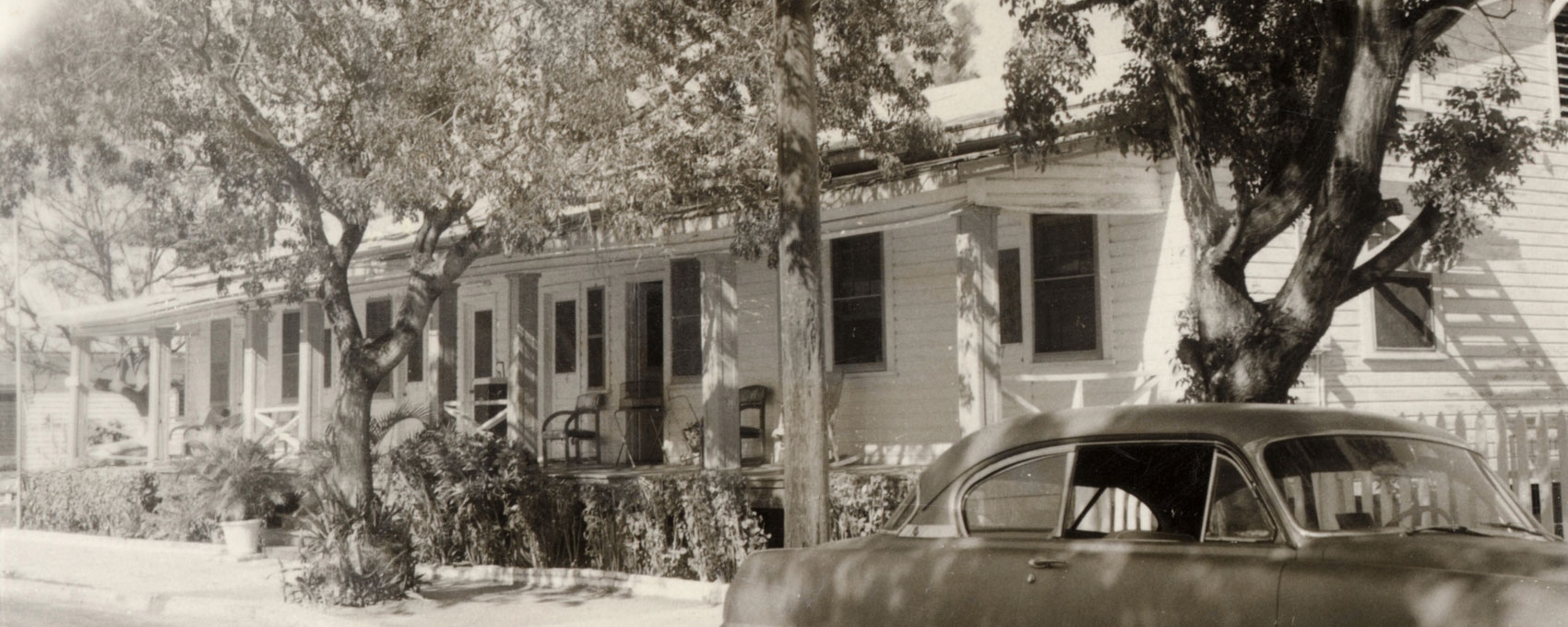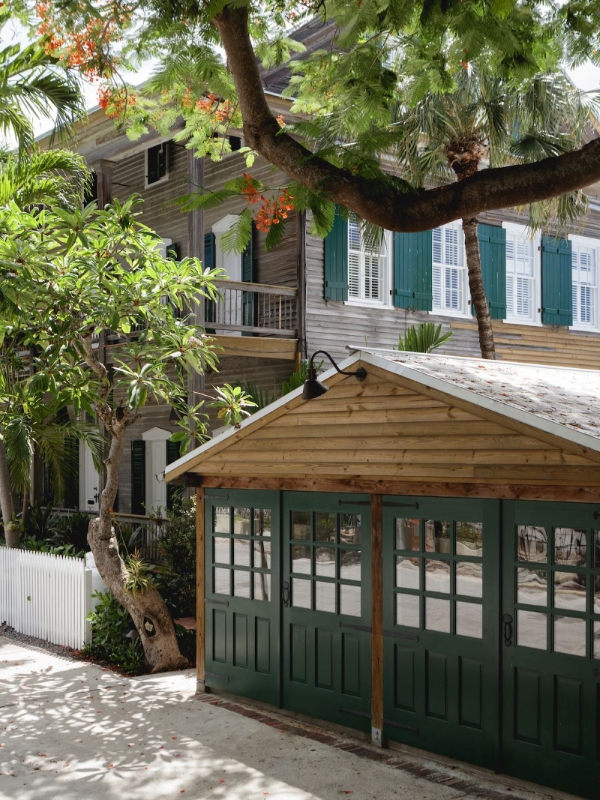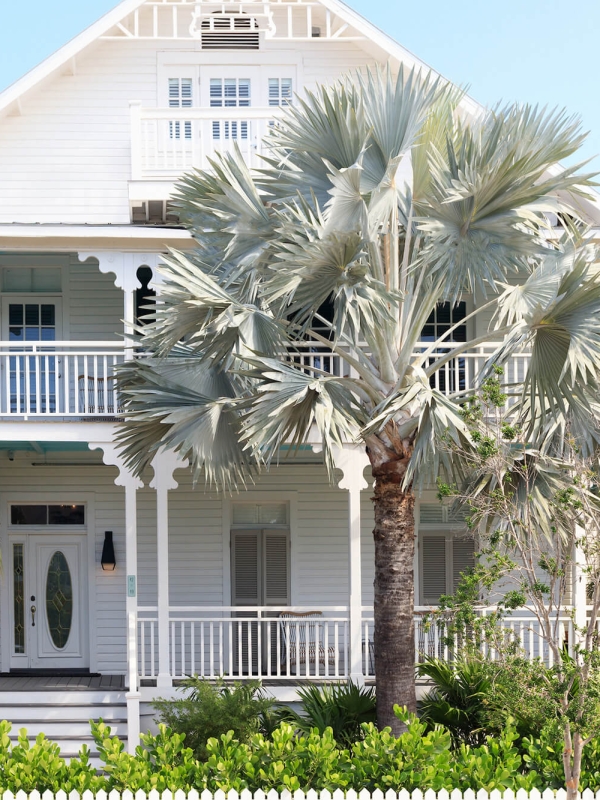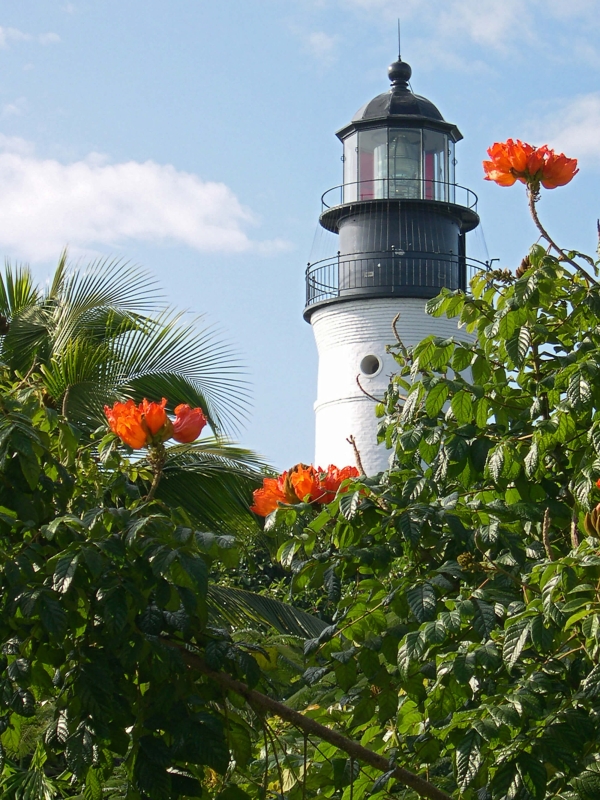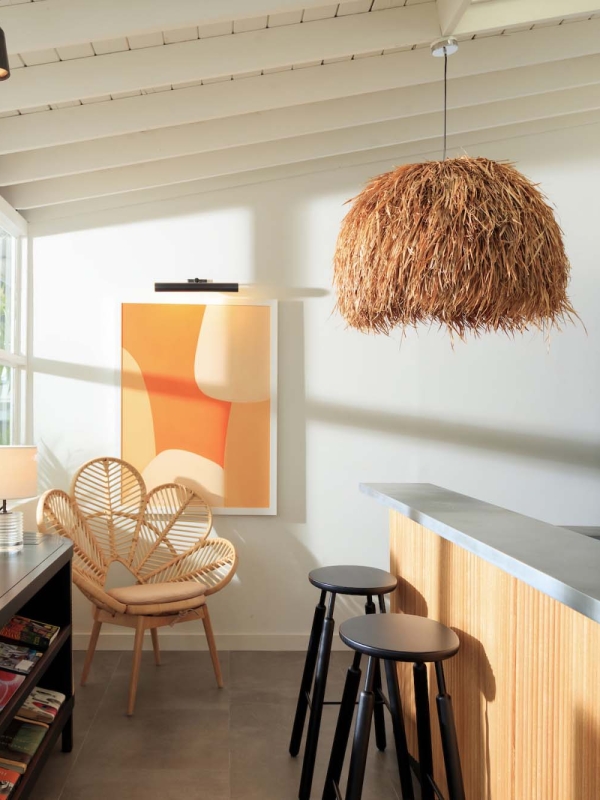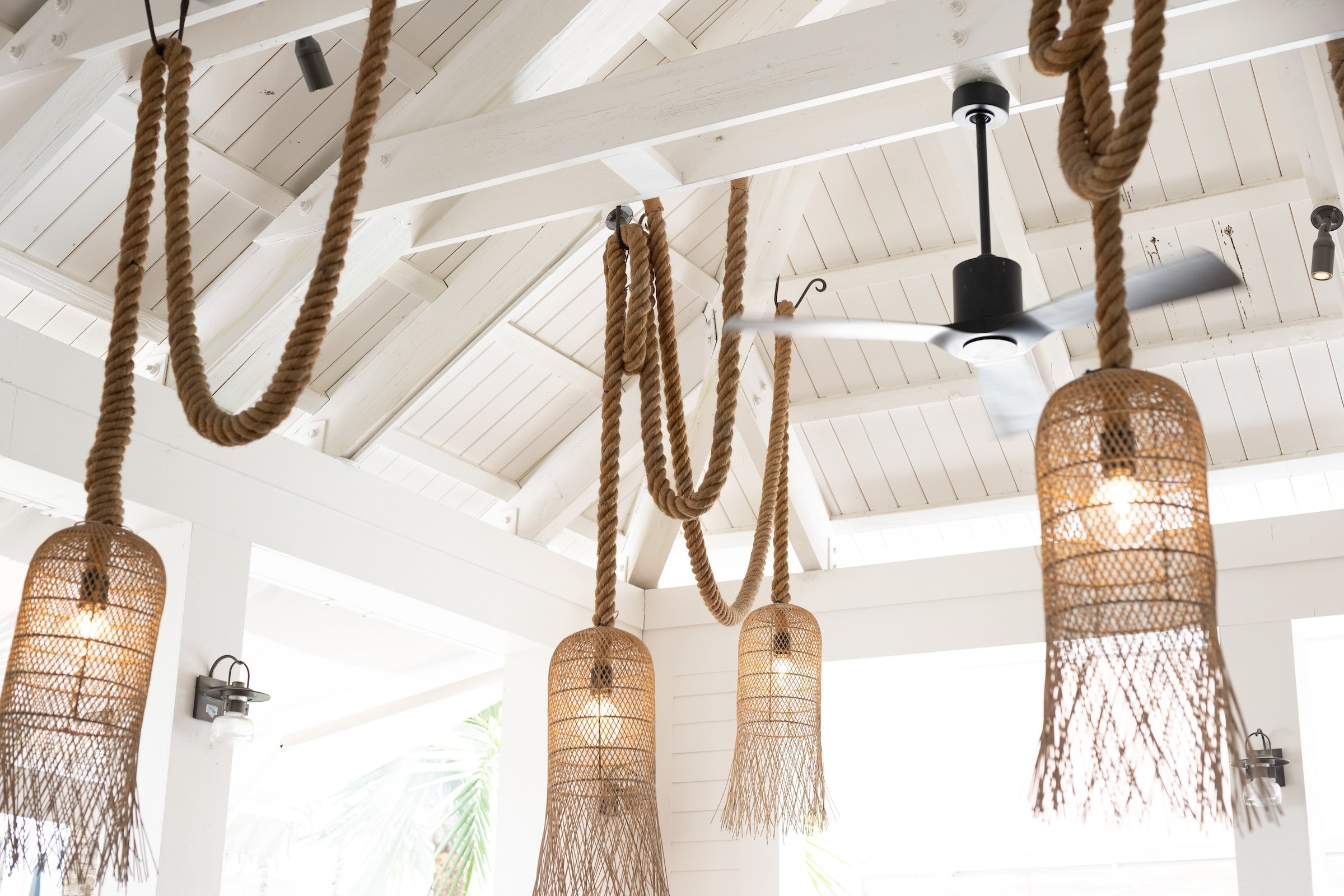Our site uses cookies and other technologies to provide the best browsing experience. By using this site, you agree to our cookie policy.
I Agree
In Key West, tales of the past linger around every corner, but nowhere more vividly than within our collection of historic inns. Each colorful property weaves a narrative scented with the rich aroma of Cuban cigars, sea air, and spirited libations. Join us on a captivating journey through Key West history as we unlock the stories hidden within our charming inns.
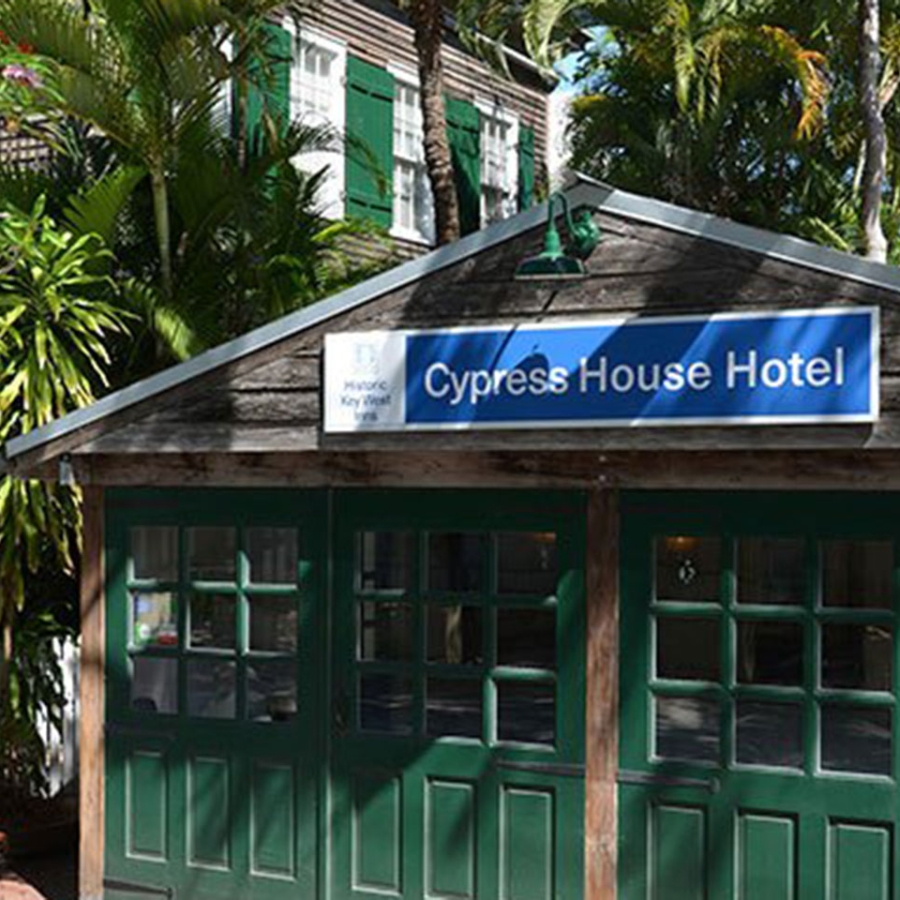
Ridley House
A Romantic Escape for the Ages
At the heart of Ridley House lies a rich history that will transport you to the romance of the late 1800s. Originally the estate of prosperous industrialist Richard Kemp, this picturesque poolside haven features colonial wood-frame houses adorned with Carpenter Victorian and Bahamian Eyebrow styles. As you explore the main building, you’ll uncover a rare glimpse of upper-class 19th-century Floridian interiors. Kemp was a passionate fisherman and naturalist, and Ridley House takes its name from his discovery of Kemp’s Ridley sea turtle, adding a fascinating layer to the estate’s historical tapestry.
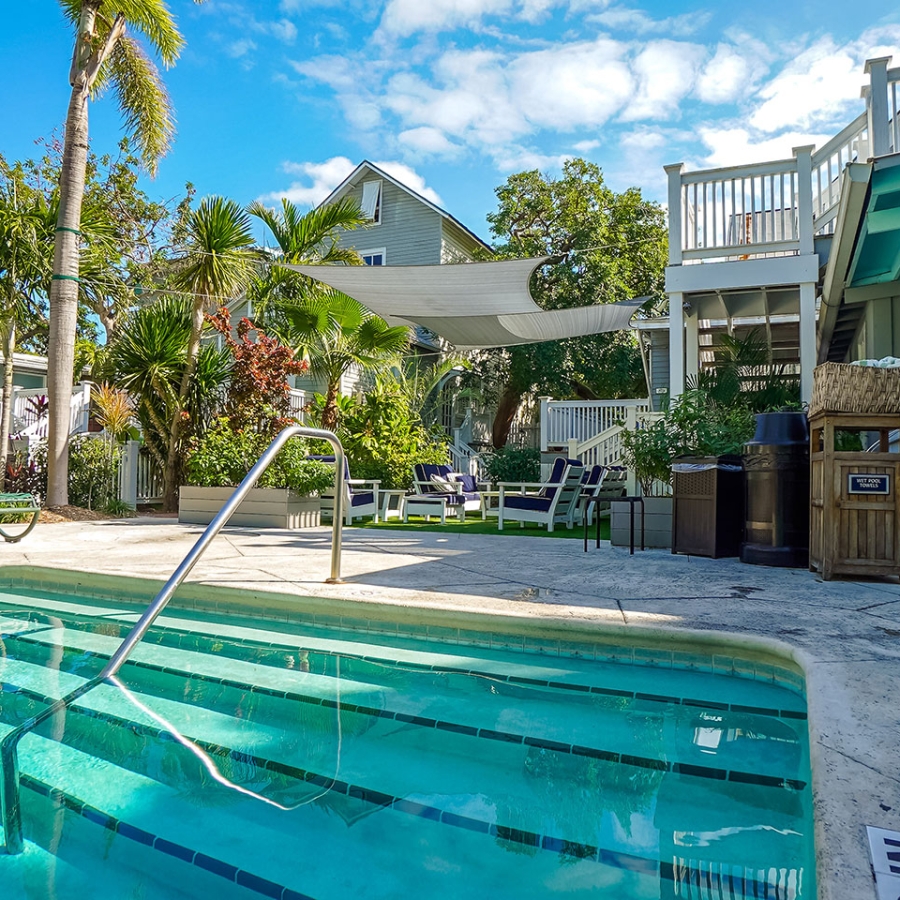
Winslow’s Bungalows
Art & Architectural History
Nestled on these historic grounds are Key West’s first motel and some of its oldest homes. Owned by a diverse array of figures — from Colonel Walter Maloney to an Irish steamboat captain, a circus performer, and a cigar maker — the property has witnessed several transformations, including as a vaudeville venue and fruit grove. It was named for Winslow Homer, the renowned American painter who found creative solace in Key West in the early 20th century. Today, within a lushly landscaped campus boasting three shimmering pools, you’ll discover vibrant interiors preserving Queen Anne, Carpenter Victorian and classic Conch styles.
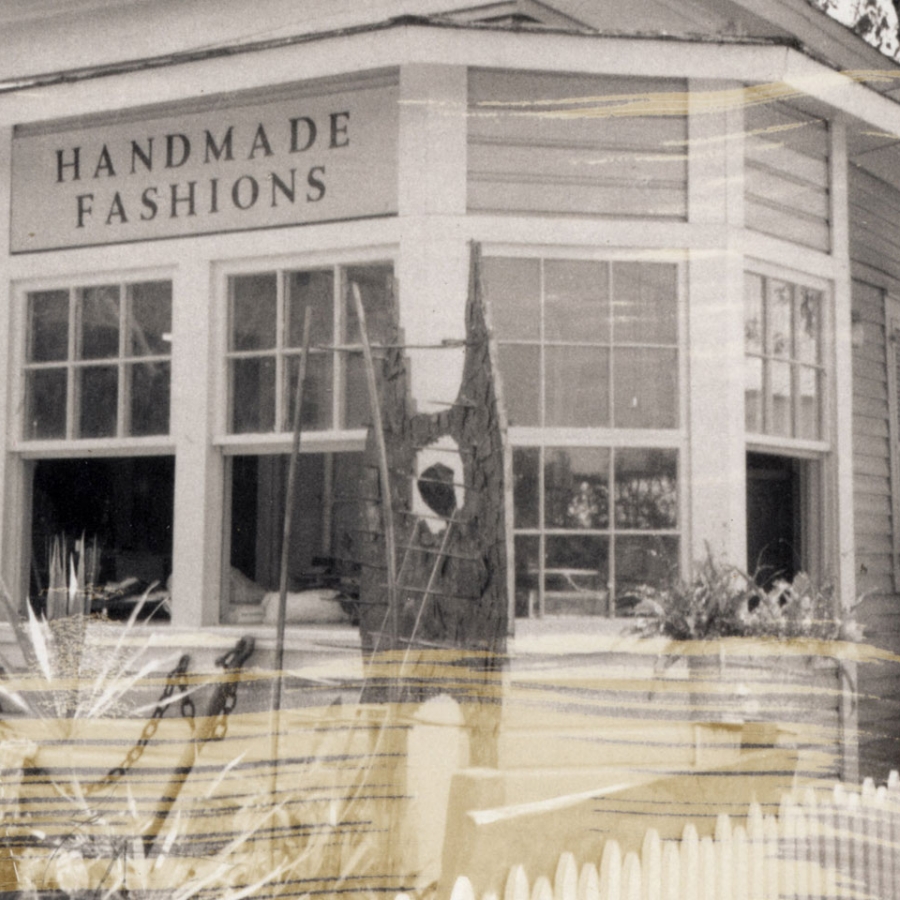
Ella’s Cottages
Bohemian Charm & Cuban Cigars
The Alburys, Key West’s premier landowners, began developing Old Town’s Simonton Street in the 1800s. In the early years, the buildings constructed by the Alburys provided homes to Cuban cigar makers. Later they were rented to Navy personnel in the years leading up to World War II. As time went on, some of the structures assumed roles as a tailor shop, butcher shop, gambling house, hotel and beauty salon. At one point, the property was owned by a steamboat captain named Peter Hanlon, who later passed the property on to his widow, Ella, whose name still graces this elegant escape.
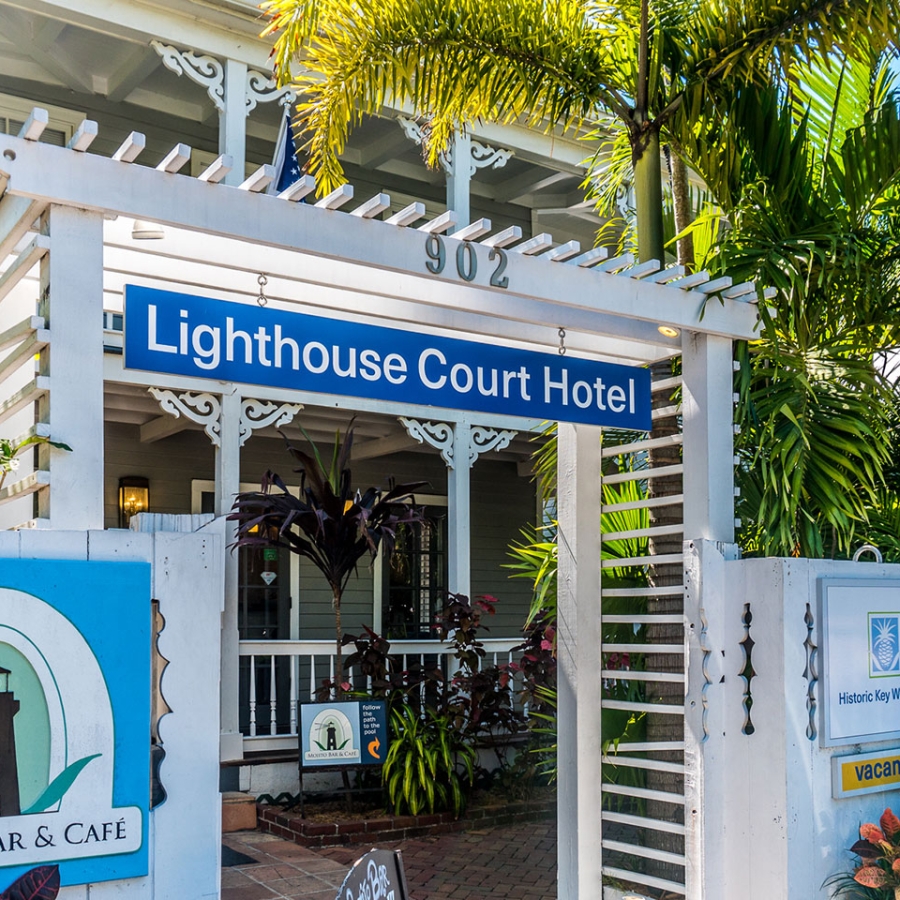
Lighthouse Hotel
Golden Mysteries & Inclusive Stays
Located within view of iconic Key West landmarks, Lighthouse Hotel is a group of structures originally built in the mid-1800s. The oldest and most prominent was occupied by U.S. Army Surgeon Dr. Daniel Whitehurst. In the 1980s, the Lighthouse Hotel underwent a transformation, becoming one of Key West’s pioneering LGBTQ guesthouses. This era also brought an intriguing discovery to light: over two pounds of solid gold nuggets and coins from South America were found at the bottom of an old well. The mystery surrounding the golden treasure remains unsolved, adding an enigmatic layer to the history of this quintessential Key West retreat.
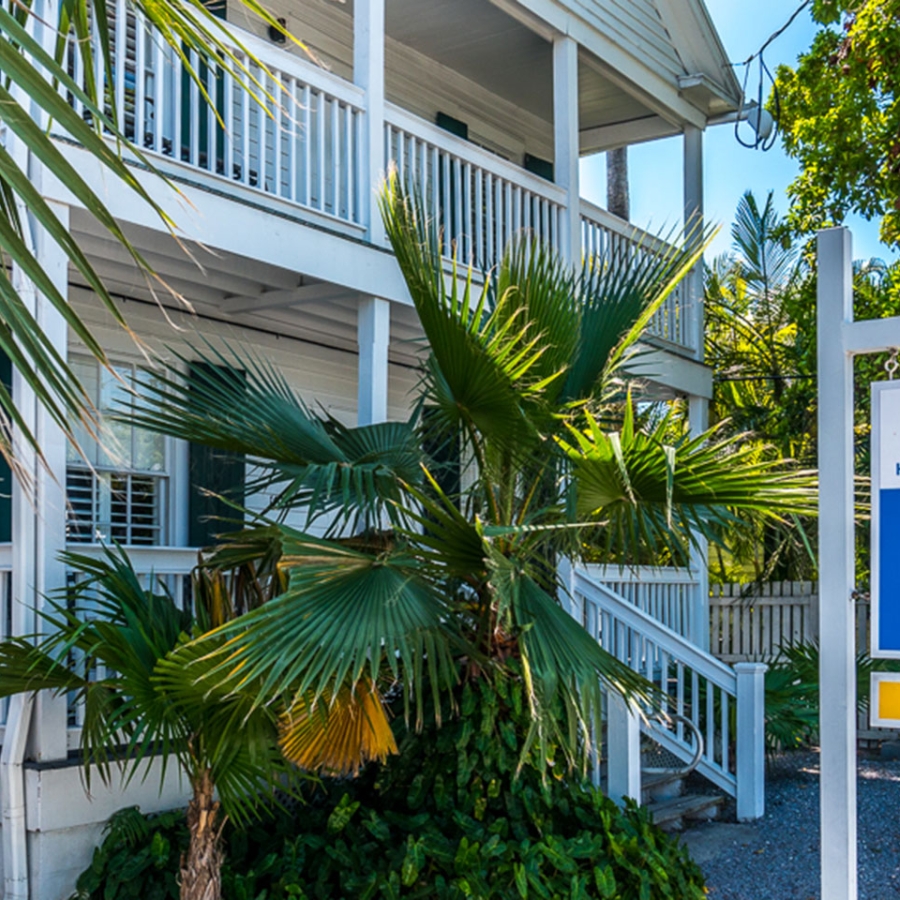
Fitch Lodge
Seafaring & Free-Spirited
Named in honor of an early owner, this collection of turn-of-the-20th-century Conch houses has long opened its doors to free-spirited travelers, seafarers and adventurers. Henry “Harry” Fitch was a classic Key West figure who led an eclectic life, with roles ranging from U.S. Coast Guard seaman to carpenter to postmaster. Over the years, the properties have been home to dock workers, fishermen, sailors, and even a cycle shop. Listed among the National Registry of Historic Places, the timeless Carpenter Victorian exteriors remain virtually unchanged.

